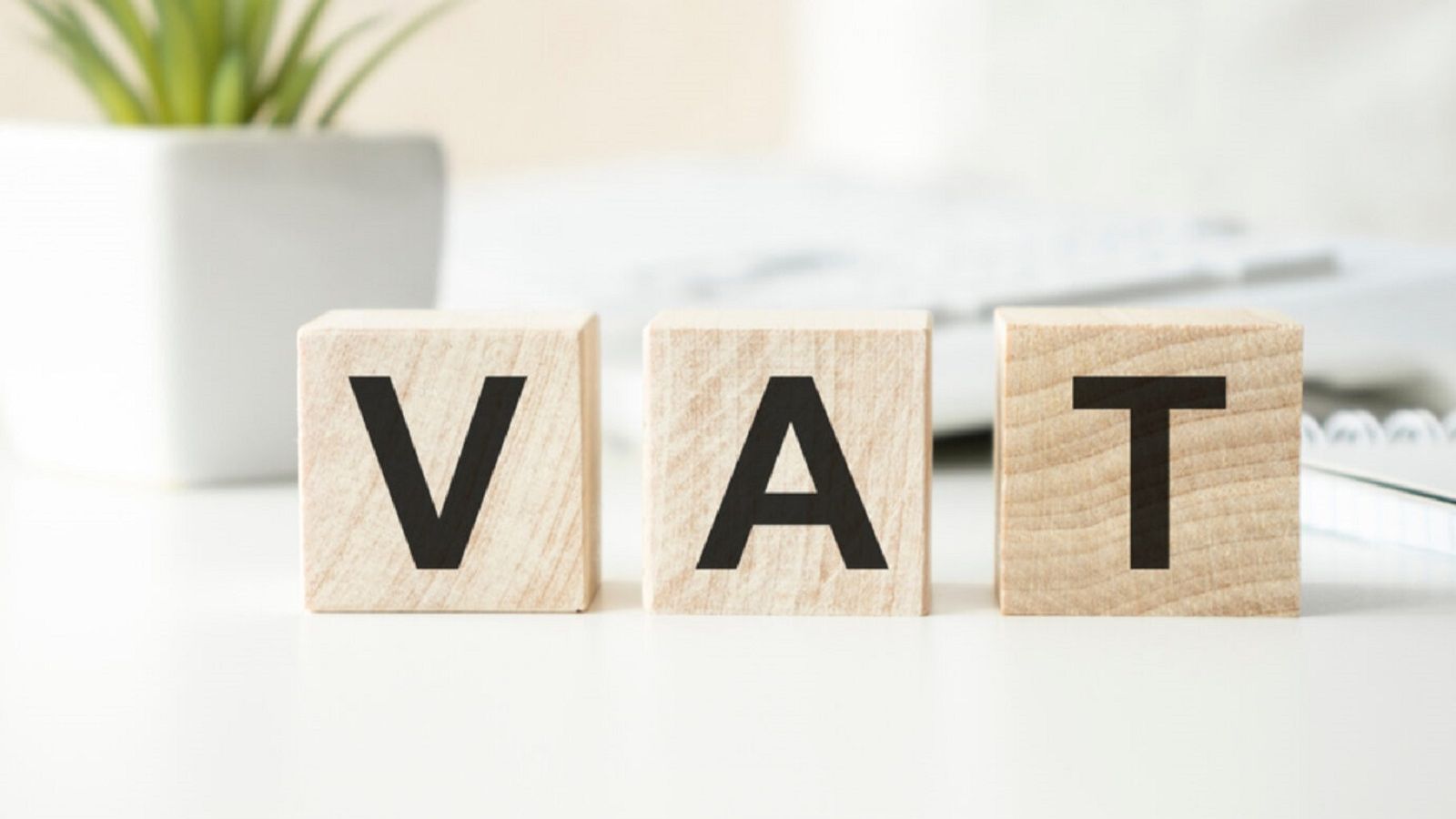Talk to a specialist

Darren Wingfield
Commercial Manager
Leave your details below and we’ll give you a call to chat about how we can help your business move forward.

Darren Wingfield
Commercial Manager
Leave your details below and we’ll give you a call to chat about how we can help your business move forward.


For businesses big and small, VAT (value-added tax) is added to the sale of all goods and services, and charged to the customer at a typical rate of 20% (although 5% and 0% rates are applied to certain items).
A business must be registered for VAT if its taxable turnover is £85,000 or over. You’ll then pass on the VAT collected to the government via a VAT return, usually every quarter.
The total VAT you declare on your return will be the difference between your business’s output VAT (the tax charged on sales) and the input VAT (the tax paid on purchases).
Sound complicated? It can take a little time to get all your books in order, meaning that, for some businesses, joining the VAT Flat Rate Scheme may offer convenient perks.
Don your adventurer's hat and join us in exploring whether this is the right path for you and your business.
What is the VAT Flat Rate Scheme?
HMRC’s VAT Flat Rate Scheme has actually existed for small businesses and limited companies since 2002, but the scheme has been getting extra attention recently among the UK Government’s Making Tax Digital incentive.
The VAT Flat Rate Scheme is intended to simplify the bookkeeping process and minimise admin for small businesses.
How? Well, instead of declaring your VAT returns based on input and output, the VAT Flat Rate Scheme enables businesses to simply apply a fixed rate percentage to their turnover.
The total percentage of this fixed rate varies and will depend entirely on your business type, as you can see here.
You’ll get a 1% discount if you’re in your first year as a VAT-registered business, but you’ll pay a higher rate of 16.5% if you’re a ‘limited cost business’ - these are businesses that spend less than 2% of their annual turnover (or £1,000 a year) on goods.
Is the VAT Flat Rate Scheme right for your business?
Before you decide whether the VAT Flat Rate Scheme is the right path for you, first, you need to ensure you’re actually eligible to claim.
Businesses joining the VAT Flat Rate Scheme must be VAT registered (obviously) and predict an expected pre-tax turnover of £150,000 or less over the next 12 months.
Should your annual turnover exceed more than £230,000 including VAT, you’ll have to leave the scheme on the anniversary of joining.
On the other end of the spectrum, should your pre-tax turnover fall below £85,000 annually, the better option may be to cancel your VAT registration.
It’s important to keep these factors in mind when weighing up the pro and cons of the VAT Flat Rate Scheme against the standard scheme.
While the introduction of the 16.5% rate has made the Flat Rate Scheme less attractive to some small businesses, it still presents benefits.
For example, paying a flat rate means that your business can keep the difference between the VAT charged to customers and the VAT you paid on goods - on the standard scheme, this is a taxable return.
That being said, you can’t reclaim VAT on purchases (with the exception of some capital assets exceeding a value of £2,000).
Since the flat rate can vary from 4% to 14.5% of gross annual turnover, whether or not the VAT Flat Rate Scheme is right for your business will ultimately depend on:
VAT Flat Rate Scheme: Pros
VAT Flat Rate Scheme: Cons
How to apply for the VAT Flat Rate Scheme
If you’ve decided that the VAT Flat Rate Scheme is the best path for your business, you can apply online by filing a VAT600FRS application.
You’ll need to include some basic information, such as:
Rounding up
When evaluating whether the VAT Flat Rate Scheme is the best course of action for your business’s bookkeeping, it’s important to consider all the options available to you.
Don’t just make your decision based on the here and now, either. Consider how future growth could impact your choice - a high forecasted turnover could impact your future eligibility under the Flat Rate Scheme, for example.
Choosing the right path for your business’s VAT isn’t purely a tax decision. With so much dependent on context, it’s always best to factor both your business plan and future objectives into your decision making.
For extra assurance, it’s always best to consult an accountant or financial expert. For personalised advice on the best way to move your business forward or to hand over your bookkeeping to the experts, just give us a shout.